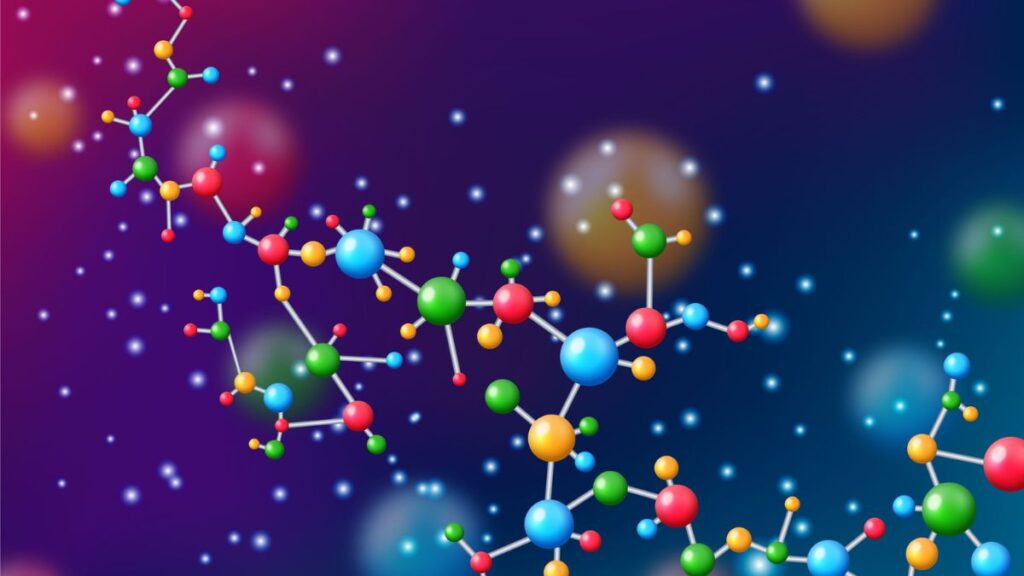Introduction
The phrase “HCOOH CH₂ H₂O” may appear cryptic to the uninitiated, but it hints at a fascinating blend of organic and inorganic chemistry. When deconstructed, these chemical species represent formic acid (HCOOH), a methylene group (CH₂), and water (H₂O). While these may seem simple at a glance, each plays a vital role in various chemical reactions and biological processes.
This article explores each compound in detail and then examines how they interact in chemical reactions, their significance in industrial and biological contexts, and their role in advanced research areas like green chemistry and atmospheric science.
1. Breaking Down the Chemical Components
1.1 HCOOH – Formic Acid
Formic acid, also known as methanoic acid, is the simplest carboxylic acid with the chemical formula HCOOH. It consists of a formyl group attached to a carboxyl group. In its pure form, it’s a colorless liquid with a pungent smell, naturally occurring in ant venom and stinging nettles.
Properties of Formic Acid:
-
Molecular weight: 46.03 g/mol
-
Melting point: 8.4°C
-
Boiling point: 100.8°C
-
Acidity (pKa): 3.75
Reactivity:
Formic acid is both a reducing agent and an acid. It can donate protons (H⁺) in acid-base reactions and participate in redox reactions where it acts as a mild reducing agent.
1.2 CH₂ – The Methylene Group
The methylene group (CH₂) is not a standalone molecule in stable form under normal conditions. It is typically part of a larger compound, such as in methylene chloride (CH₂Cl₂) or within a hydrocarbon chain. However, in reactive intermediates or transition states, CH₂ can exist as a carbene (:CH₂), which is highly reactive and plays a role in organic synthesis.
Properties of Carbene (:CH₂):
-
Electron-deficient species with 6 valence electrons.
-
Can exist in two spin states: singlet and triplet.
-
Involved in cyclopropanation and insertion reactions.
1.3 H₂O – Water
Water is arguably the most vital compound for life on Earth. It is a polar molecule with extensive hydrogen bonding capabilities, which makes it a universal solvent in chemical and biological systems.
Properties of Water:
-
Molecular weight: 18.015 g/mol
-
Polarity: Highly polar
-
Boiling point: 100°C
-
Solvent ability: Excellent for ionic and polar compounds
2. Interactions Between HCOOH, CH₂, and H₂O
While each of these components is chemically distinct, their interactions open up a variety of interesting pathways in organic chemistry and biochemistry. Let’s delve into how these molecules can interact and the types of reactions they can undergo.
2.1 Hydration and Hydrolysis Reactions
Formic acid is miscible with water and undergoes hydration, where water molecules associate with the acid through hydrogen bonding. Moreover, in aqueous environments, formic acid can participate in acid-catalyzed hydrolysis reactions.
Example Reaction:
HCOOH + H₂O ⇌ H₃O⁺ + HCOO⁻
This reaction shows the dissociation of formic acid in water, producing hydronium ions and formate ions. It’s a key equilibrium in acid-base chemistry.
2.2 Reactions Involving CH₂ (Carbene) and Formic Acid
In advanced organic synthesis, carbenes like CH₂ are used to modify organic molecules. These highly reactive species can interact with formic acid in insertion reactions.
Example:
CH₂ + HCOOH → H₃C-COOH (Acetic acid intermediate, under specific catalytic conditions)
In such scenarios, CH₂ may insert into the O-H bond of formic acid or undergo rearrangement. This reaction is mainly of interest in synthetic organic chemistry labs.
3. Real-World Applications
The triad of HCOOH, CH₂, and H₂O may appear theoretical, but they have numerous practical applications in different domains, including:
3.1 Industrial Chemistry
Formic Acid Applications:
-
Used in textile and leather processing.
-
Acts as a preservative in livestock feed.
-
Key reactant in hydrogen storage systems (formic acid decomposition releases hydrogen gas).
Water as Solvent:
-
Used extensively in aqueous reactions and cooling systems.
-
Vital in chemical synthesis for dissolving salts, acids, and bases.
CH₂ in Petrochemicals:
-
Present in alkenes and alkynes.
-
Ethylene (CH₂=CH₂) is a major building block in the plastic industry.
3.2 Biological Systems
Formic acid is naturally produced in some organisms. It plays roles in:
-
Defense mechanisms (e.g., ant bites).
-
Cellular metabolism, where small organic acids like HCOOH are intermediates.
Water, of course, is the medium for all biochemical reactions.
Carbene-like species (CH₂) are not common in living systems, but the concept of reactive intermediates is essential in enzyme-catalyzed transformations and metabolic reactions.
4. Theoretical and Laboratory Perspectives
4.1 Formic Acid as a Green Reagent
In green chemistry, formic acid is considered a safer alternative to traditional reductants. It decomposes to yield CO₂ and H₂, making it suitable for:
-
Hydrogenation reactions.
-
Fuel cells as a hydrogen carrier.
4.2 CH₂ Generation in the Lab
In controlled environments, carbenes like CH₂ can be generated through:
-
Photolysis or thermolysis of diazomethane.
-
Transition metal catalysis (e.g., Rhodium or Copper complexes).
These carbenes are then used to perform:
-
Cyclopropanation of alkenes.
-
Insertion into C-H or O-H bonds.
4.3 Water as a Reaction Medium
Water is increasingly being promoted as a green solvent. Reactions involving HCOOH and CH₂ in water offer:
-
Improved safety.
-
Easier work-up and purification.
-
Environmentally benign alternatives to organic solvents.
5. Spectroscopic and Analytical Considerations
Identifying and analyzing the behavior of HCOOH, CH₂, and H₂O in chemical reactions requires various techniques.
Infrared Spectroscopy (IR):
-
HCOOH: Shows strong absorption around 1700 cm⁻¹ (C=O stretch).
-
H₂O: Broad peak near 3200–3500 cm⁻¹ (O-H stretch).
Nuclear Magnetic Resonance (NMR):
-
Formic acid appears as a singlet around 8.2 ppm in ¹H NMR.
-
Water in D₂O appears at ~4.8 ppm.
-
CH₂ groups vary depending on substitution but generally fall around 1.2–4.5 ppm.
Mass Spectrometry (MS):
-
Helpful in tracking decomposition products.
-
Useful for confirming the formation of intermediate compounds during CH₂ insertions.
6. Future Research and Innovation
With growing interest in sustainable and efficient chemical processes, the interaction of simple molecules like HCOOH, CH₂, and H₂O is being re-evaluated.
6.1 Hydrogen Economy
-
Formic acid as a hydrogen carrier: Offers safe, liquid-phase hydrogen storage.
-
In situ decomposition:
HCOOH → CO₂ + H₂
6.2 Catalysis
-
Developing new catalysts to handle CH₂ intermediates in water.
-
Focus on selective transformations in aqueous media.
6.3 Environmental Chemistry
-
Studying formic acid emissions from biomass and industrial processes.
-
Role of formic acid and water in atmospheric chemistry.
Conclusion
While “HCOOH CH₂ H₂O” may look like a random assortment of molecules, this trio provides a gateway into understanding fundamental and advanced chemistry. From industrial applications and organic synthesis to environmental and biological relevance, the chemistry surrounding formic acid, methylene intermediates, and water is rich and multifaceted.
Chemistry, at its core, thrives on understanding interactions between simple molecules. The study of HCOOH, CH₂, and H₂O illustrates how even basic compounds can offer endless possibilities for innovation, sustainability, and discovery.
References
-
Clayden, Greeves, Warren, and Wothers, Organic Chemistry, Oxford University Press.
-
IUPAC Compendium of Chemical Terminology (Gold Book).
-
Smith, Janice Gorzynski. Organic Chemistry, McGraw-Hill Education.
-
Journal of the American Chemical Society (JACS), ACS Publications.
-
Green Chemistry Principles – Royal Society of Chemistry (RSC).






